The spectacular impotence of the Federal Reserve
There's basically nothing the Fed can do to boost the economy right now
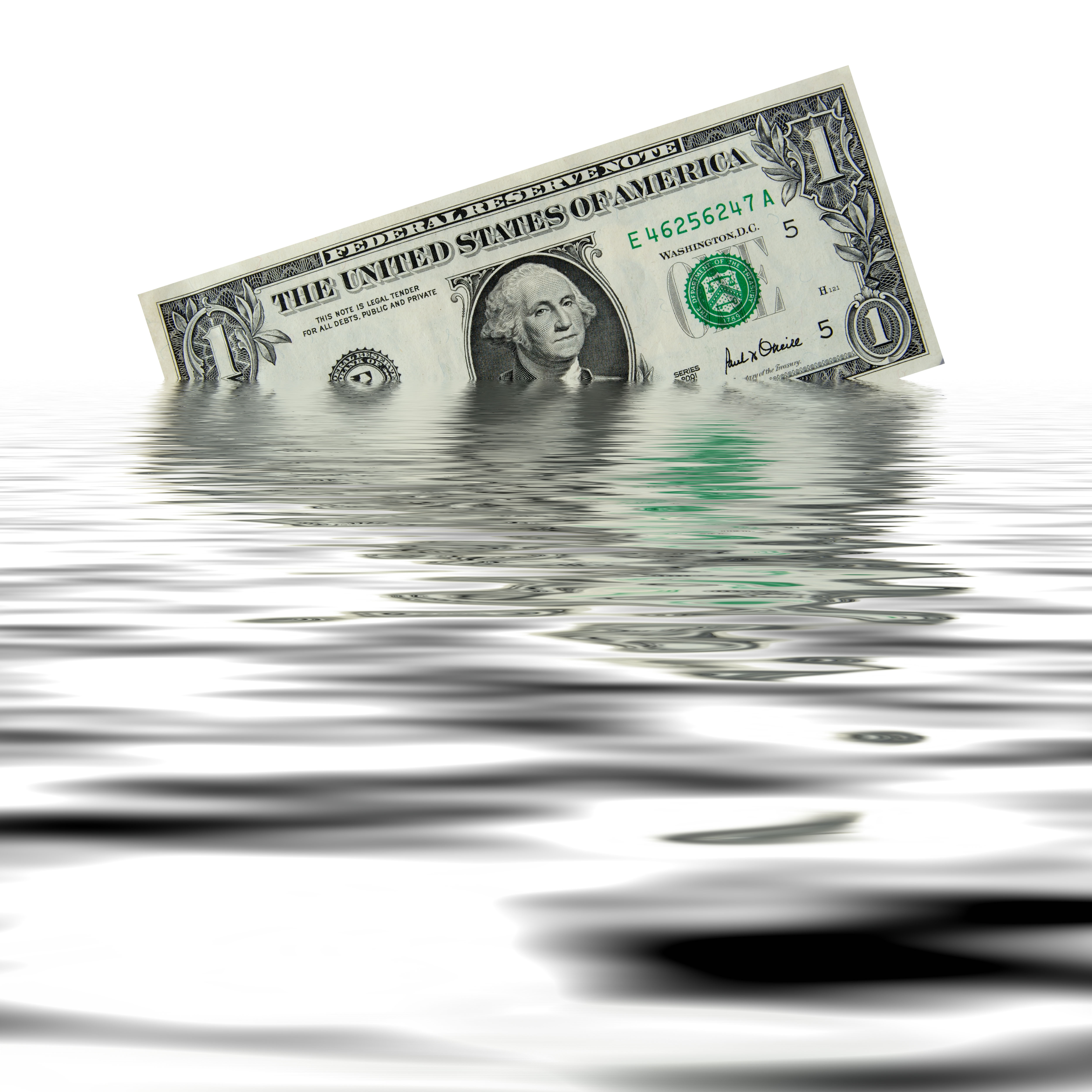

The Federal Reserve will announce its plans to the world this afternoon. It's going to be a snoozer.
Among experts and observers, it's considered a foregone conclusion that Fed officials will not raise interest rates this summer. And after nudging rates off their absolute-zero floor in December, they have not done so since.
One common opinion is that this is an embarrassing face plant for Fed Chair Janet Yellen and her fellow officials. The original plan for multiple rate hikes in 2016 was essentially a prediction that this would be the year the U.S. economy began to overheat. After the very dismal jobs report at the beginning of the month, that prophecy certainly looks quite silly.
The Week
Escape your echo chamber. Get the facts behind the news, plus analysis from multiple perspectives.

Sign up for The Week's Free Newsletters
From our morning news briefing to a weekly Good News Newsletter, get the best of The Week delivered directly to your inbox.
From our morning news briefing to a weekly Good News Newsletter, get the best of The Week delivered directly to your inbox.
But what we're seeing here is not merely an institution that's failed to read the tea leaves. It's an institution that simply isn't designed to grapple with the economy's current problems. After eight years of desperate maneuvering, the Fed has hit the final limit of its powers and now faces the blunt reality of its own impotence.
Remember: When the economy is under-performing, there are more job seekers than there are jobs. Since workers have to compete for spots, employers have an advantage, keeping wages and prices down. When the economy hits or exceeds capacity, there are more jobs than workers, so employers compete for labor instead — and wages and prices rise. Hence an overheating economy, and rising inflation.
Presumably, after nearly eight straight years of recovery following the Great Recession, we ought to be about there. Yet the Fed's preferred measure of inflation has been trending down after briefly hitting the official target of 2 percent in 2011; it's now struggling to stay above 1 percent. Then there's the University of Michigan's consumer survey, which asks people what they think future inflation will be: Its June release found the lowest expectations the data set — begun in 1979 — has ever recorded.
Then there's what people who actually have money to invest are doing with it. If we were close to overheating, that would mean economic activity was flourishing, providing investors lots of attractive spots to park their money. They would flood into riskier investments like stock and opportunities for investment would outpace the money available for investment. Demand for investment would outstrip supply, and the price of money — i.e. interest rates — would rise.
A free daily email with the biggest news stories of the day – and the best features from TheWeek.com
Instead, interest rates, like inflation, just keep heading down. Rather than pouring into stocks, investors are pouring into U.S. federal debt instead. U.S. bonds are a uniquely safe place for investors to stash their money — and demand for U.S. bonds hit a record high in May.
This is not an economy steaming towards full capacity. It's an economy that can barely keep from sinking.
Which brings us to the fundamental trap the Fed faces.
Contrary to how we often talk about the Fed's influence over interest rates, its powers are actually asymmetrical: It can actively squash job growth and economic activity by hiking interest rates. But no matter how much it lowers interest rates, banks will only lend credit to the economy if — in similar fashion to investors — they see things worth lending money to. The Fed cannot make them lend if those opportunities for profit simply aren't there. So the Fed cannot actively boost job growth and wealth creation. All it can do is get out of the way of the forces that do boost those things.
But if those forces themselves are exhausted, there's nothing the Fed can do. Given that the interest rate target is only a fraction of a percent above zero, inflation is still nowhere to be found, and investors are scrambling for the safety of U.S. bonds, it's pretty clear that's exactly the situation in which America finds itself.
In that case, the only government tool capable of generating new economic activity from scratch is fiscal policy — i.e. government spending. That is what generates new incomes and increases the amount of money consumers have to spend. It provides investors activity to invest in again, drives the economy towards overheating, raises inflation, and thus gives the Fed an actual reason to hike interest rates.
But the refusal of both the U.S. Congress and other major western governments to increase deficit spending is so complete that no one even talks about it as a possibility any more.
So the Fed is left hanging, alone, its options depleted. Fed officials' continual talk of rate hikes is not a plan or even a prediction. It's just a vain hope.
Jeff Spross was the economics and business correspondent at TheWeek.com. He was previously a reporter at ThinkProgress.
-
 A fentanyl vaccine may be on the horizon
A fentanyl vaccine may be on the horizonUnder the radar Taking a serious jab at the opioid epidemic
-
 The 8 best comedy TV series of 2025
The 8 best comedy TV series of 2025the week recommends From quarterlife crises to Hollywood satires, these were the funniest shows of 2025
-
 Codeword: December 16, 2025
Codeword: December 16, 2025The daily codeword puzzle from The Week
-
 The pros and cons of noncompete agreements
The pros and cons of noncompete agreementsThe Explainer The FTC wants to ban companies from binding their employees with noncompete agreements. Who would this benefit, and who would it hurt?
-
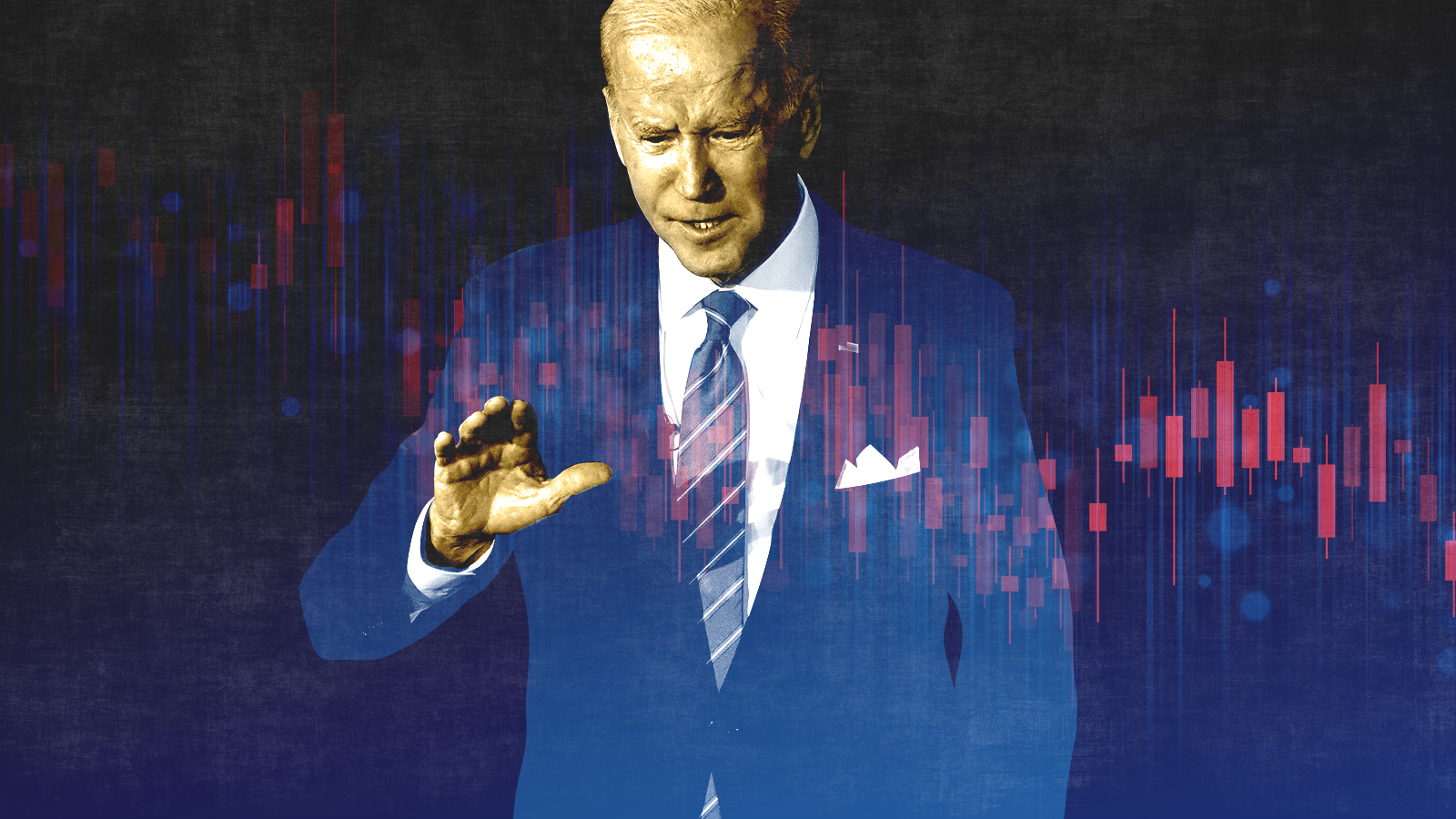 What experts are saying about the economy's surprise contraction
What experts are saying about the economy's surprise contractionThe Explainer The sharpest opinions on the debate from around the web
-
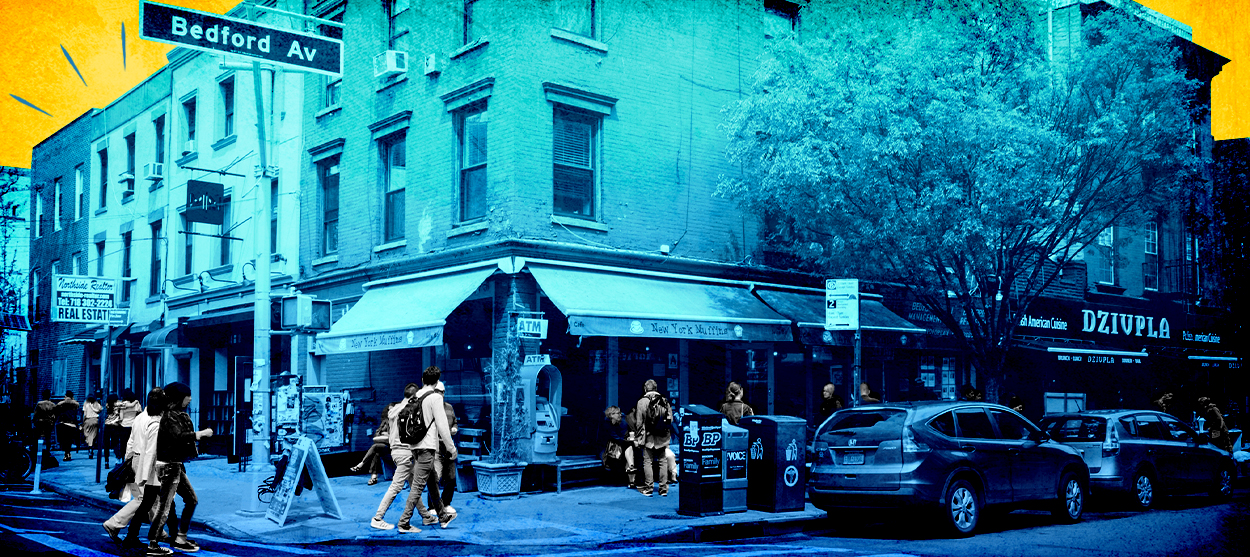 The death of cities was greatly exaggerated
The death of cities was greatly exaggeratedThe Explainer Why the pandemic predictions about urban flight were wrong
-
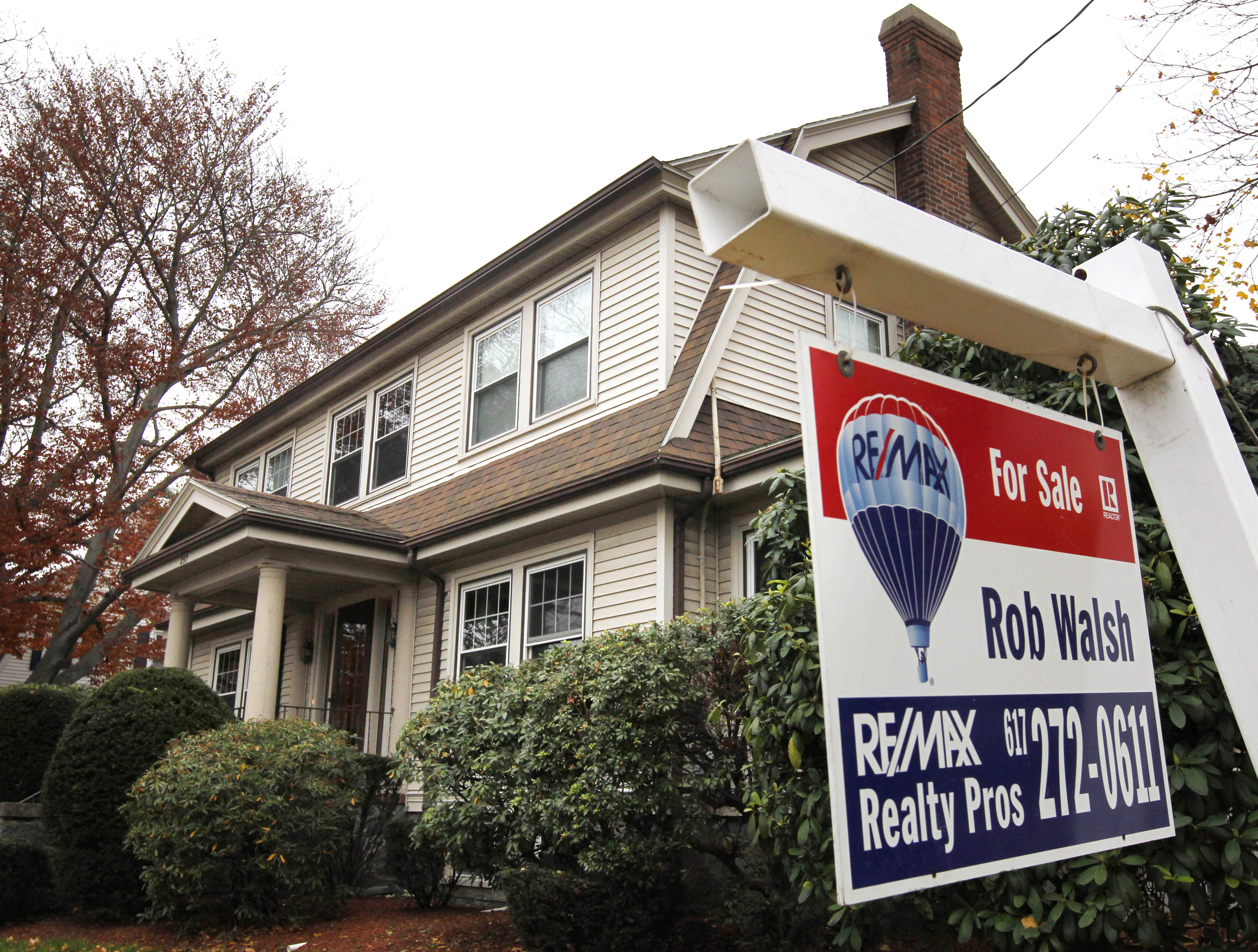 The housing crisis is here
The housing crisis is hereThe Explainer As the pandemic takes its toll, renters face eviction even as buyers are bidding higher
-
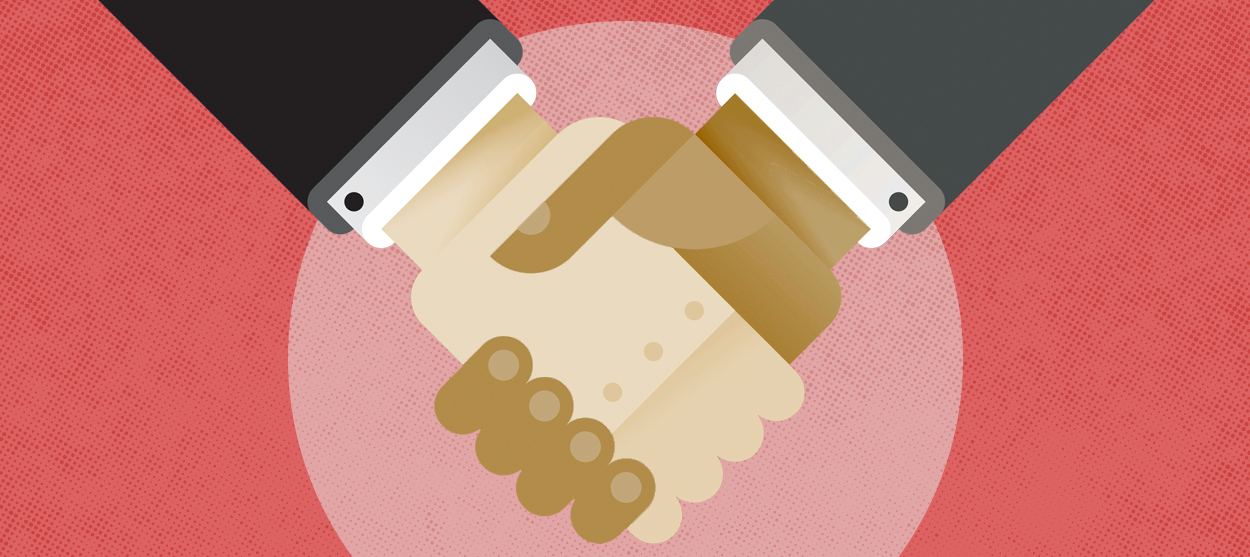 How to be an ally to marginalized coworkers
How to be an ally to marginalized coworkersThe Explainer Show up for your colleagues by showing that you see them and their struggles
-
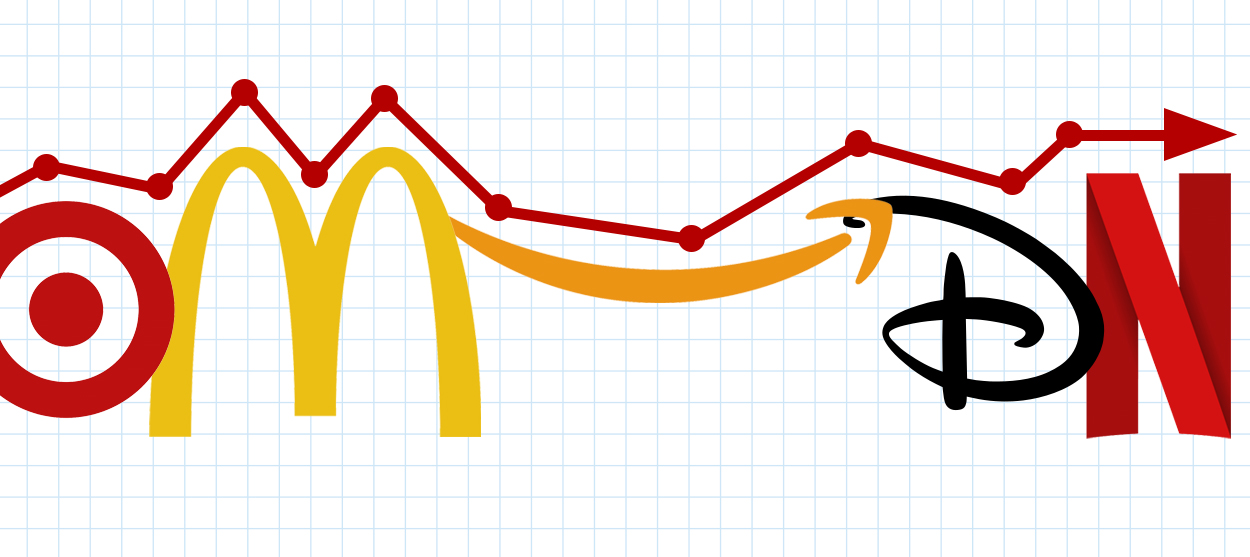 What the stock market knows
What the stock market knowsThe Explainer Publicly traded companies are going to wallop small businesses
-
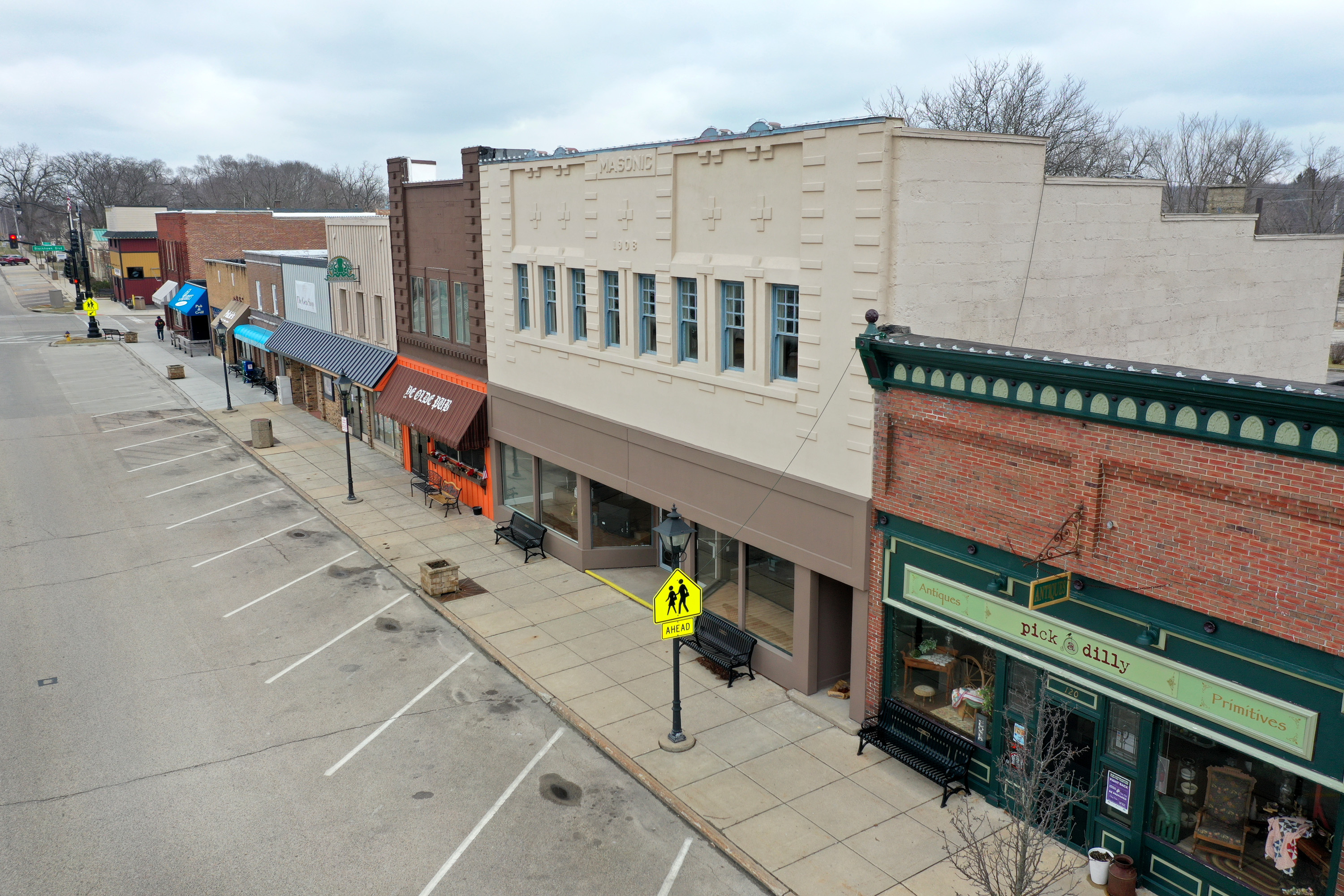 Can the government save small businesses?
Can the government save small businesses?The Explainer Many are fighting for a fair share of the coronavirus rescue package
-
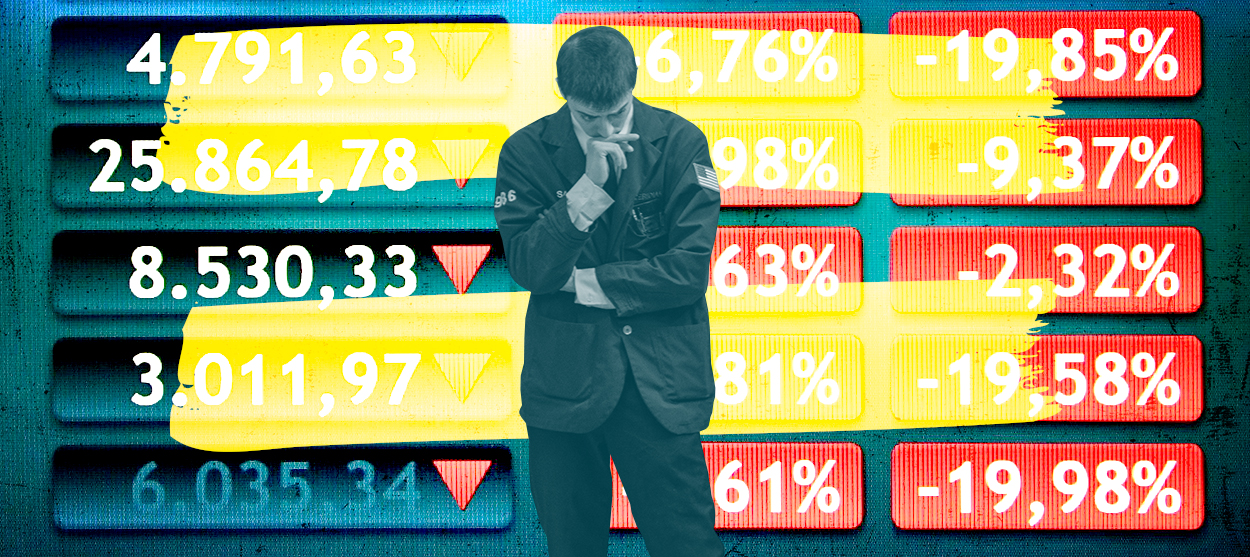 How the oil crash could turn into a much bigger economic shock
How the oil crash could turn into a much bigger economic shockThe Explainer This could be a huge problem for the entire economy
